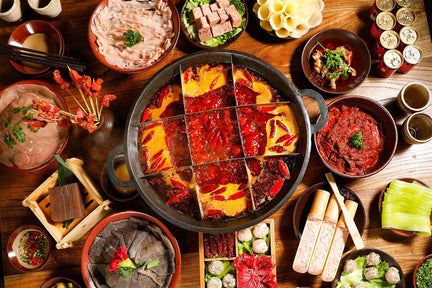
Marsanne
Marsanne is a versatile white wine grape primarily used in Rhône blends.
All about Marsanne
Appearance
- Color: Marsanne wines usually exhibit a light golden color when young, which can develop into a deeper, golden hue as they age.
- Opacity: Generally medium opacity, reflecting its rich body and concentration.
Aroma
- Primary Aromas: Quince, mandarin orange, apricot, acacia, and beeswax.
- Secondary Aromas: Almond, honeysuckle, and subtle notes of dried fruits.
- Tertiary Aromas: As the wine ages, it develops more complex aromas such as marmalade, caramel, and nuts.
Flavor Profile
- Fruit Flavors: Marsanne is known for flavors of stone fruits like apricot and peach, along with citrus notes such as mandarin orange.
- Other Flavors: The wine can exhibit flavors of beeswax, almond, and honey. As it matures, it may develop flavors reminiscent of caramel and marmalade.
- Oak Influence: Depending on the winemaking style, Marsanne can have subtle oak influences, which may impart flavors of vanilla and spice.
Structure
- Body: Medium-bodied, with a rich and full texture.
- Tannins: None, as it is a white wine.
- Acidity: Medium-low, which gives the wine a softer profile compared to more acidic whites.
- Alcohol: Ranges from 13.5% to 15%
Join the club
Get this varietal often & more delivered to your doorstep when you join our wine club!
Classic Series Membership
Regular price
From $39
Regular price
Sale price
From $39
Unit price
/
per
Vintners Series Membership
Regular price
From $42
Regular price
Sale price
From $42
Unit price
/
per
Limited Series Membership
Regular price
From $52
Regular price
Sale price
From $52
Unit price
/
per
Pairings for Marsanne










